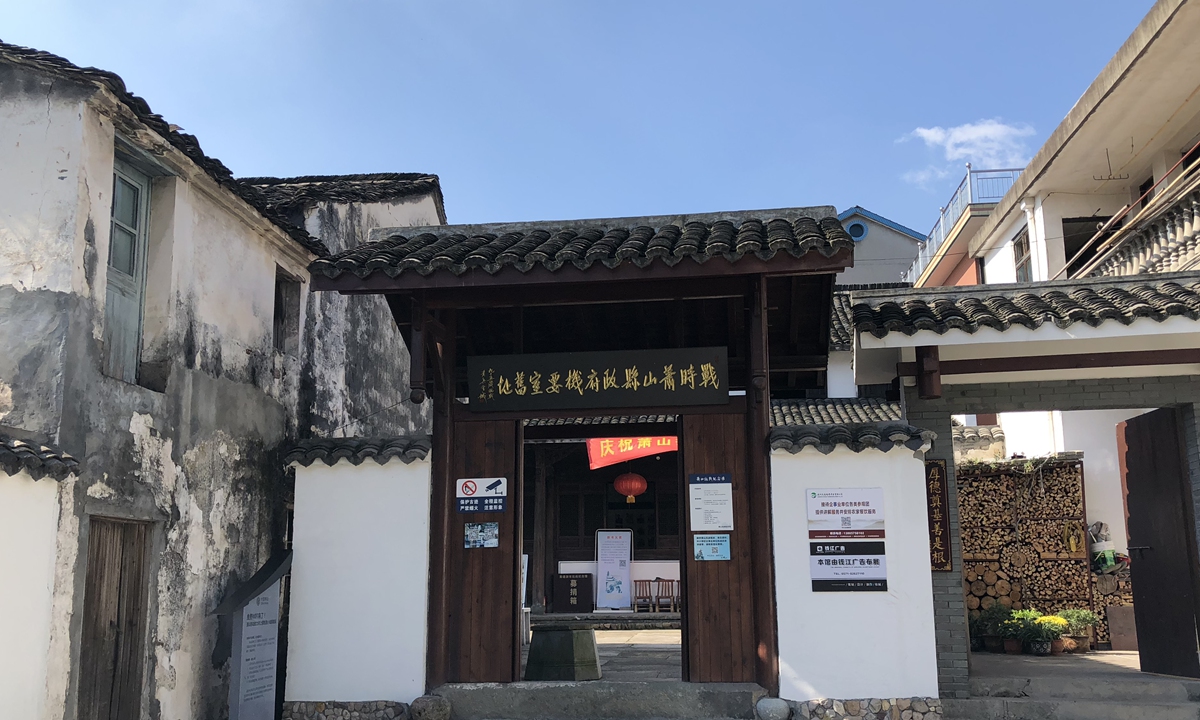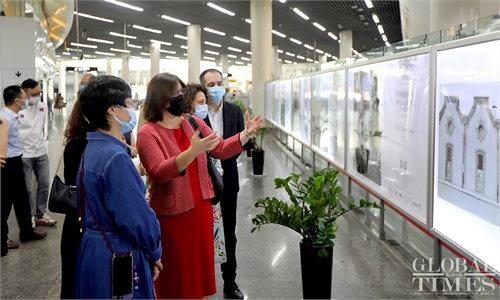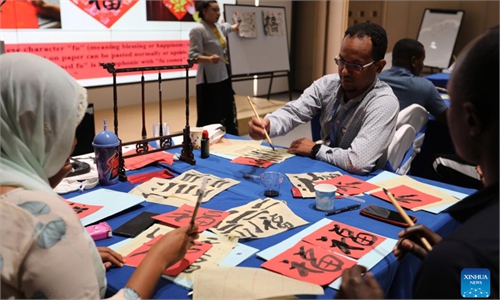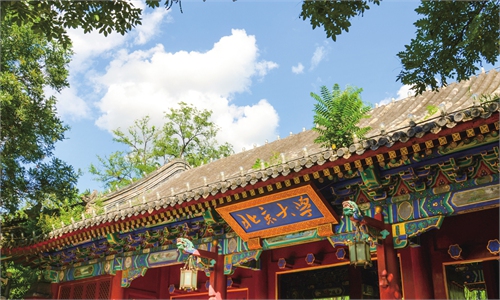ARTS / ART
China’s village museum trend further advances rural revitalization
Hometown history

People visit a local museum in Zhangjiakou, Hebei Province. Photo: IC

The Xiaoshan Museum of the War of Resistance Against Japanese Aggression Photo: Courtesy of the museum
The past decade has seen a huge increase in the number of private and public museums being built in China.According to recent data, by 2021 China had 6,183 registered museums throughout the country. They not only cover a diverse array of themes and functions, but also have reached a broader range of locations, expanding from urban centers to rural areas to enrich rural residents' spiritual lives and promote the revitalization of countryside towns and villages.
More rural museums have been sprouting like mushrooms after rain in China due to the support of government policies, such as a notice on building digital museums for traditional villages and museums in excellent villages published by the Ministry of Housing and Urban-Rural Development.
The basic premise of rural revitalization is to better understand the countryside, and rural museums are seen as significant platforms for furthering this goal. Different places around China, including East China's Zhejiang Province, Northeast China's Jilin Province and North China's Hebei Province, have realized the importance of rural museums and recently approved the establishment of dozens of new museums.
As the trend has swept China's towns and villages, advanced practices and innovative models have been constantly emerging.
Understanding local life
Rural museums can cover a range of topics, from introducing restored historical buildings to educating the public about cultural relics that have been excavated in the local area and regional folk arts.
For example,there are currently 12 registered rural museums in the Xiaoshan district of Hangzhou, Zhejiang Province. Among them, some have multiple functions, such as acting as a local history museum for a village and a memorial hall for local patriotic heroes.
Founded in 2015, the Museum of the War of Resistance Against Japanese Aggression in Xiaoshan district's Fenghuangwu village is China's first crowdfunded rural war museum.
Dong Shuyuan, a village committee member who knows the museum well, told the Global Times that besides various historical texts and photos, the museum also has more than 200 items related to biochemical weapons from the War of Resistance Against Japanese Aggression (1931-45) in its collection. Such historical items were not only donated by retired veterans, but also obtained from overseas.
"The exhibitions are plentiful, also include some everyday items like old uniforms," said Dong.
Dong noted that the museum used to receive more than 100,000 visitors annually before world travel and on-site cultural activities were halted by the COVID-19 pandemic. "We not only had local visitors, but also received international ones. A cultural tourist research team once came to visit us for research about Chinese history. This left a deep impression on me."
Since Fenghuangwu was once the command center for Xiaoshan during the war, the village also has two other museums: The China-US Cooperation in the Anti-Japanese War Memorial Hall and the Air Force Memorial Hall.
The old site of the China-US memorial hall was once the site where villagers provided a place for injured US soldiers to recover. Meanwhile, hundreds of precious photos at the Air Force Memorial Hall show the air force heroes who defended their countries with their lives.
"Such village venues differ from city museums because they are where real history was made," Dong noted.
Spiritual haven
Besides providing enjoyment and education, some rural museums also act as a spiritual home for local residents.
Nostalgia, one of the most common emotions felt by people amid today's fast-paced urbanization, is being valued more than ever before by locals in the Xiongan New Area, a development hub in Hebei Province dubbed China's city of the future.
How to preserve the spiritual life of locals in a rapidly going city where tower cranes pop up everywhere and vehicles roar down clean, green and neatly paved roads? To answer this question, the government and residents of Xiongan worked together to transform an old warehouse in Anxin county into their very own museum.
Local resident Wang Jingxian told the Global Times that all "old objects from aging buildings are sent here for preservation." Aside from old wooden doors, windows and pillars, the museum is also home to traditional fishing gear and locally used agricultural implements.
"A building may not have enough historical value to preserve it in its entirety, but individual brick carvings that have accompanied this place forever are all important memories for us and so must be preserved," Wang added.




